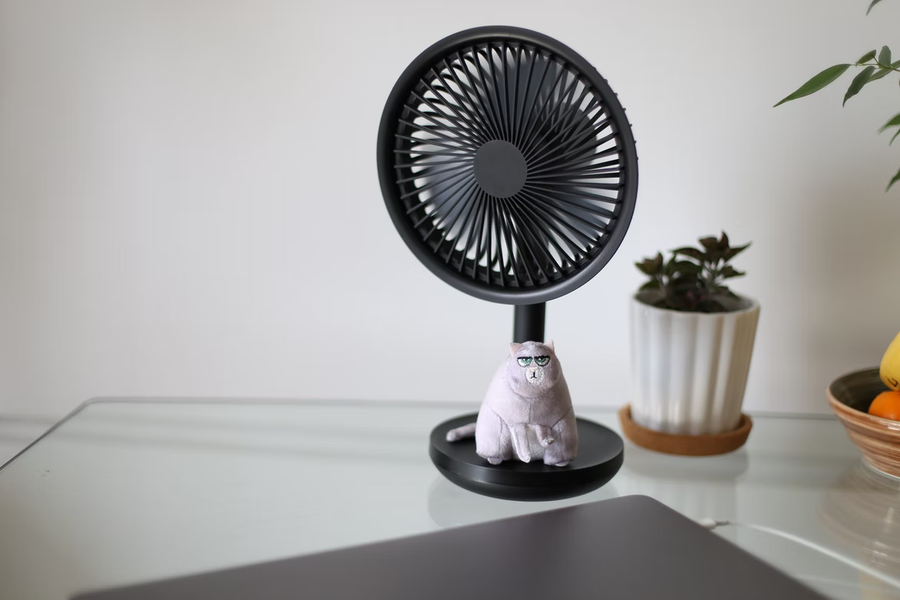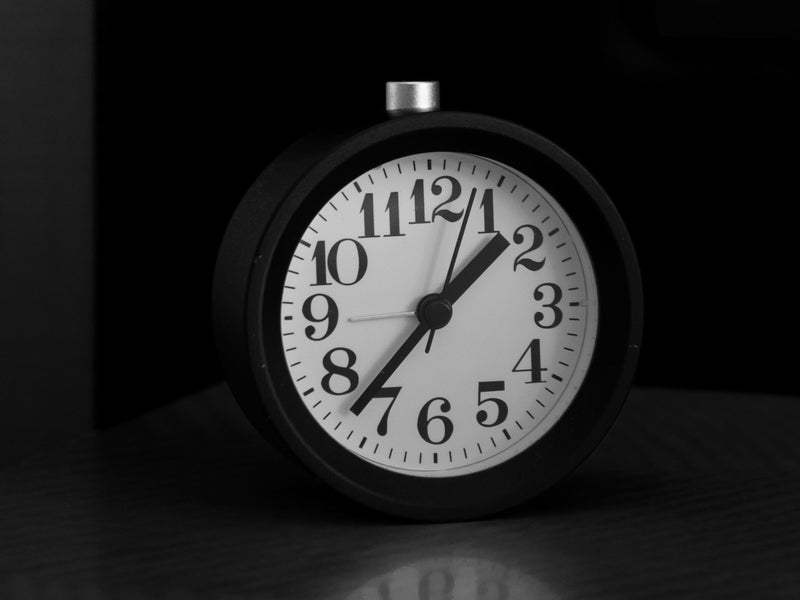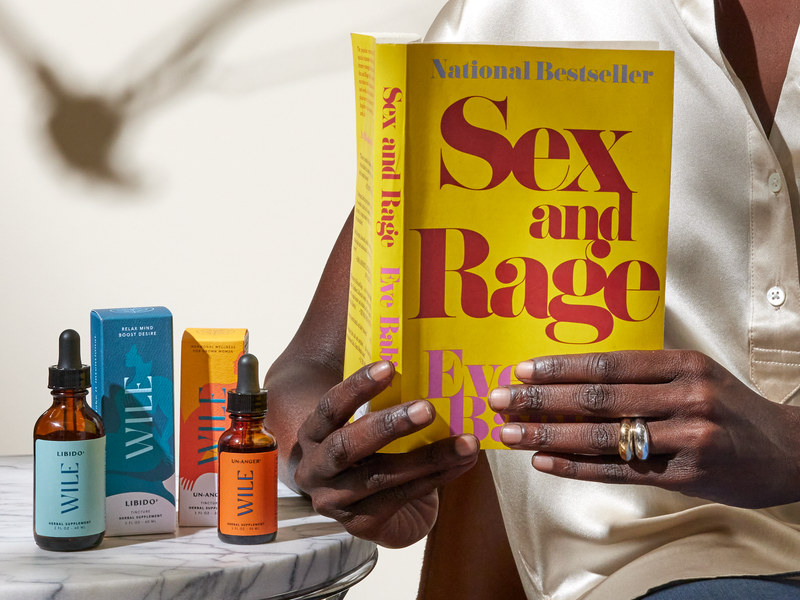It’s the middle of the night and you wake up drenched in a pool of your own sweat, feeling like you were sleeping on the actual surface of the sun. One second later, you’re chilled to the bone and dragging the blankets back over your shivering body.
Or you’re mid-Zoom call and feel the heat radiate up your body like a nuclear reactor. There’s nowhere to run, so you just hope that your webcam will suddenly malfunction before anyone can see the buckets of sweat pouring down your face.
The first time you experience a hot flash, you may wonder if you are dying. By the fifteenth, you just wonder how long you’ll be dealing with them.
Hot flashes and night sweats (hot flashes that occur while you’re sleeping) are the #1 issue women report about perimenopause and the one symptom everyone knows. Hot flashes are the unofficial mascots of “menopause,” and for good reason. 75% of women will have hot flashes as part of their perimenopause journey. So, let’s talk about hot flashes: what causes them, and can you do anything to stop them?
How Do I Know If I’m Having A Hot Flash?
We’ve all seen it on T.V.: a middle-aged woman is standing with the fridge door open, desperately fanning herself and we know she’s having a hot flash. The only problem with that is that hot flashes don’t always look like this. A hot flash can look and feel like a lot of things, which is why women don’t immediately recognize they’re experiencing a hot flash.If you’re not 100% sure what you’re experiencing is a hot flash, this quick body check we’ve set up can help you. Hot flashes can feel like:
- Rapid heartbeat
- Skin feeling warm or tingly
- Your face and neck feel flushed or become red
- Excessive sweating
- Intense anxiety or overall uneasy feeling
- Cold body chills
If you are experiencing any of these and they’ve come on quickly, the chances are good you are experiencing a hot flash or their nightly counterpart, night sweats.
What Causes Hot Flashes and Night Sweats?
So what, exactly, is going on when we experience a hot flash—what’s causing them, and is there anything more we can do about it? Hot flashes are a result of hormonal fluctuations in the body. These fluctuations are vasomotor, meaning they drive rapid constriction or dilation of blood vessels.
Imagine a hot flash as your body being surged or squeezed to have a big cardio rush—essentially, your body is acting like it ran a sprint in just a few seconds. Sometimes hot flashes pass in 30 seconds. Other times, they can flow (and we do mean flow) for 5 minutes, or in rare cases, up to 10 minutes. Scientists believe that our changing hormone levels, including progesterone, estrogen, and cortisol, have a direct impact on your body’s key nervous system processes.
What we don’t understand yet is how hot flashes are tied to other health issues like diabetes and other illnesses associated with perimenopause. We also don’t know what sets the intensity of these fluctuations—why do some women barely break a sweat while others are completely overcome by the heat?
A lot of it has to do with genetics and biology and unfortunately, there isn’t a lot that we can do about that. We can try various hormone treatments, but these sometimes have long-term side effects that can be difficult to deal with. When dealing with hot flashes, it can feel like we’re stuck between a rock and a hard place.
How Long Can I Expect Hot Flashes To Last?
Unfortunately, this is another area that baffles doctors and scientists. You might have a few hot flashes a week or a few an hour, for several months or even years. It all depends on your biology, what stage of perimenopause you’re in, and your general lifestyle. In general, hot flash timelines tend to look like this:
In Your 40s - Some hot flashes and night sweats may begin. This can sometimes start in your 30s.
Age 46-53 - This is when perimenopause typically kicks in. Hot flashes are the most frequent in the 2 years following menopause, which is when it has been 12 full months since your last period.
Age 53+ - Some women will have hot flashes up to a decade after menopause, but they tend to dwindle in their intensity and frequency.
Hot Flash Relief
There is good news, friends! You can influence your hot flashes in one easy step no matter where you are in the journey. (Yep, we said just one step!) All you need to do is put your trust in plants.
Our Hot Flash supplement is 100% plant-based and is focused solely on hot flash relief, the #1 issue to plague perimenopausal and post-menopausal women.
Many companies sell a single ingredient or do a “package by numbers” that simply adds an ingredient per symptom. Wile looks at women and formulations holistically, because that’s how our bodies and nature really work. Our formulas rest on nutritive herbs, delivering stronger herbs in a gentle, digestible base to improve efficacy.
Ease unwanted night sweat and hot flash symptoms—manage the heat and better sleep and mood will follow. Get yours by clicking here.
Sources:
- Johns Hopkins Medicine. “Introduction to Menopause,” November 19, 2019. https://www.hopkinsmedicine.org/health/conditions-and-diseases/introduction-to-menopause#:~:text=Hot%20flashes&text=About%2075%25%20of%20all%20women,for%20more%20than%202%20years.
This article is intended for informational purposes and is not intended to replace a one-on-one medical consultation with a professional. Wile, Inc researches and shares information and advice from our own research and advisors. We encourage every woman to research, ask questions and speak to a trusted health care professional to make her own best decisions.




